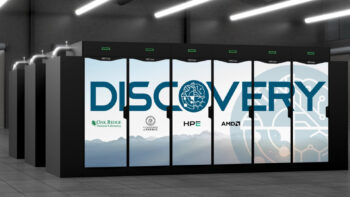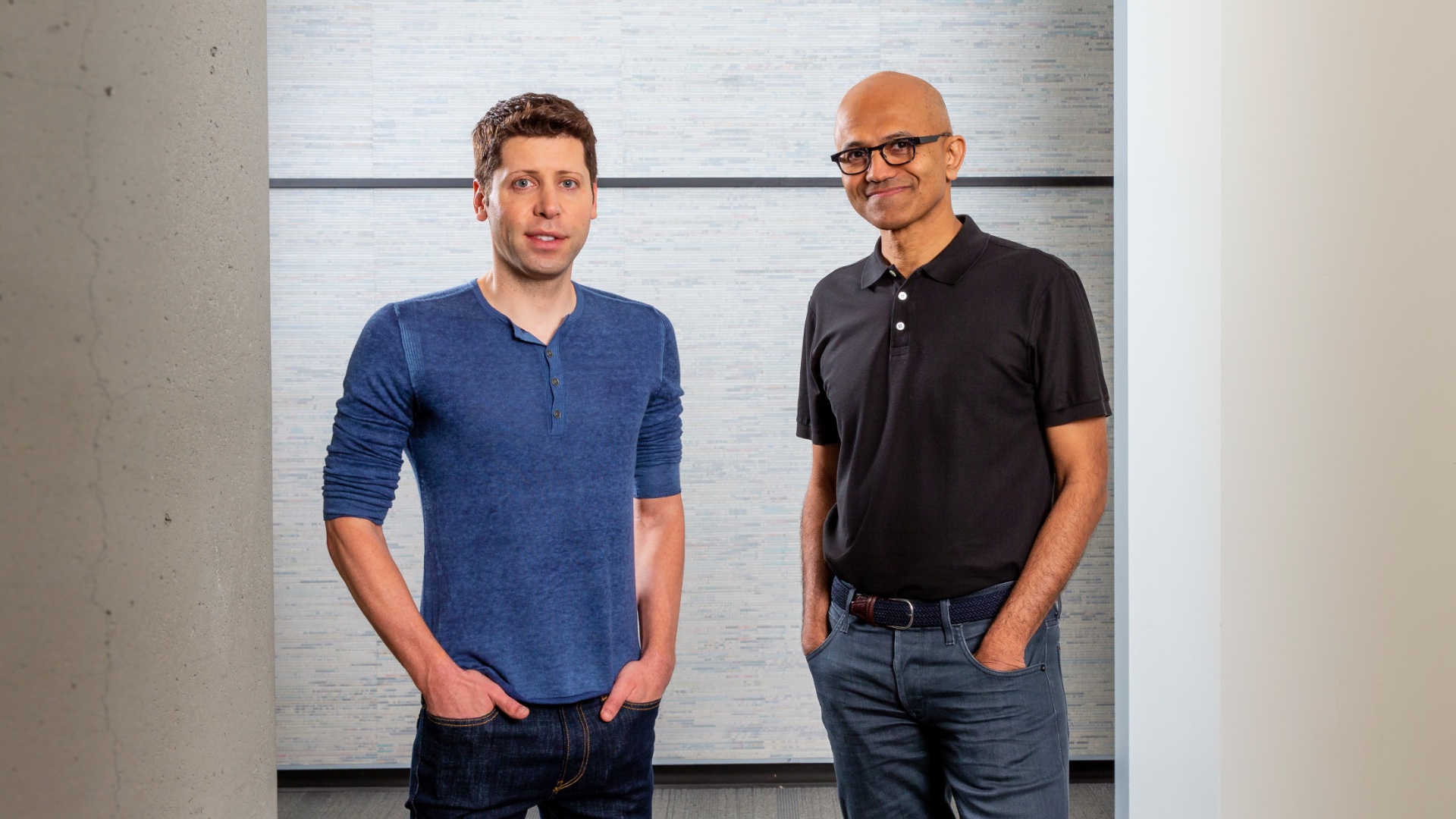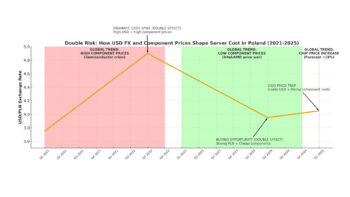The choice of business support software is one of the key strategic decisions facing managers. The “build or buy?” dilemma goes far beyond finance and technology, defining a company’s growth path for years to come. The wrong choice can lead to inefficiency, loss of competitive advantage and even getting stuck in an expensive technology trap. While off-the-shelf solutions are tempting in terms of speed of implementation, in strategically defined circumstances, bespoke software generates a much higher long-term return on investment (ROI).
Cost analysis: the myth of the low-cost start-up
One of the most common mistakes is to be guided solely by the purchase price. The full financial picture is only provided by a Total Cost of Ownership (TCO) analysis, taking into account all expenses over a three- to five-year horizon. Off-the-shelf software, especially in the SaaS model, has a low entry threshold but constant recurring subscription fees. Bespoke software, on the other hand, requires a higher initial investment followed only by predictable maintenance costs, typically representing 15-25% of the original amount.
In practice, this leads to the phenomenon of the ‘cost-cutting point’. Typically, after 2-3 years, the cumulative charges for an off-the-shelf solution equal the cost of creating bespoke software, and start to significantly exceed it in subsequent years. Added to this are hidden costs, such as fees for additional users, integrations or manual workarounds for missing features, which can increase total expenditure by up to 40% over the original assumptions.
Strategic value: from tool to competitive advantage
The most important advantage of bespoke software is that it fits perfectly with a company’s unique business processes. Instead of forcing the organisation to adapt and compromise, the software adapts to the organisation. Off-the-shelf systems, designed for the ‘average’ user, often force the modification of proven, unique operations. This leads to a hidden ‘process tax’, i.e. a constant loss of efficiency resulting from bending operations to the rigid framework imposed by the tool.
Choosing bespoke software transforms technology from a freely available tool into a proprietary intellectual asset that competitors cannot copy. This allows you to build a sustainable advantage and escape the ‘sea of same technology’, where all companies in the industry, using the same platforms, begin to operate in an identical way. Market data confirms these benefits. On average, companies that invest in dedicated solutions report a 20-30% increase in operational efficiency, and those that successfully implement personalisation generate 40% more revenue. As many as 75% of IT decision-makers are convinced that this approach leads to better business results.
Risk assessment: the dependency trap vs. project control
Every technological decision involves risks, but the nature of these risks is fundamentally different. In the case of off-the-shelf solutions, the biggest risk is the vendor lock-in trap. The company becomes hostage to the product development plan, changes in the price list or even the decision to withdraw the service. Migrating to another system years later becomes technically complex and financially unviable. It is a chronic risk that builds up over time and gets out of control.
The risks of bespoke software, on the other hand, are concentrated at the beginning, during the implementation phase of the project. Choosing an inexperienced partner can lead to budget overruns or delays. However, this is an acute risk, but one that is limited in time and fully manageable by the organisation. After a successful implementation, the company gains full control over the technology, its security and data.
How to make a decision?
In order to make the right decision, the manager should start with a strategic classification of the business need. All processes in a company can be divided into two categories: commodities and differentiators. Commodities are standard functions that are necessary for operation but do not provide an advantage, such as payroll systems. In their case, buying an off-the-shelf solution is usually the right choice. Differentiators are unique processes, proprietary algorithms or innovative customer experiences that represent a company’s strength. For these areas, you should seriously consider building your own software to protect and develop this unique resource.
Investment in uniqueness
The choice between bespoke software and an off-the-shelf solution is a strategic decision, not a technological one. TCO analysis exposes the myth of the cheap start-up, and building your own system allows you to turn your unique processes into a sustainable competitive advantage. Ultimately, the decision boils down to choosing a development path: one based on adapting to market standards or building your own unique path to success.












